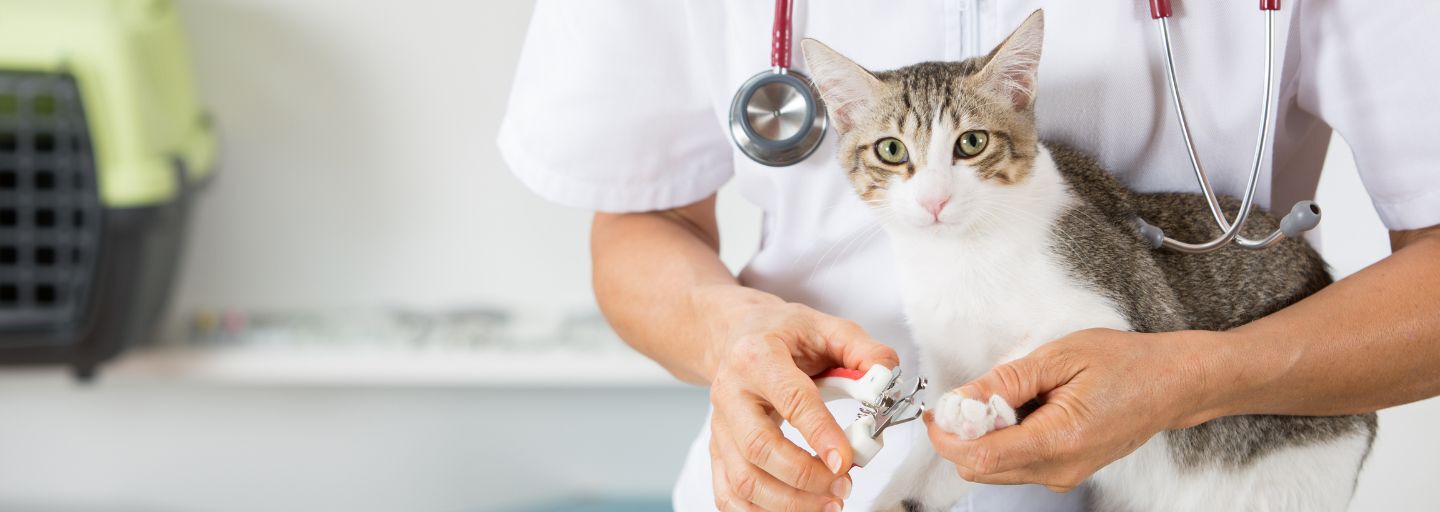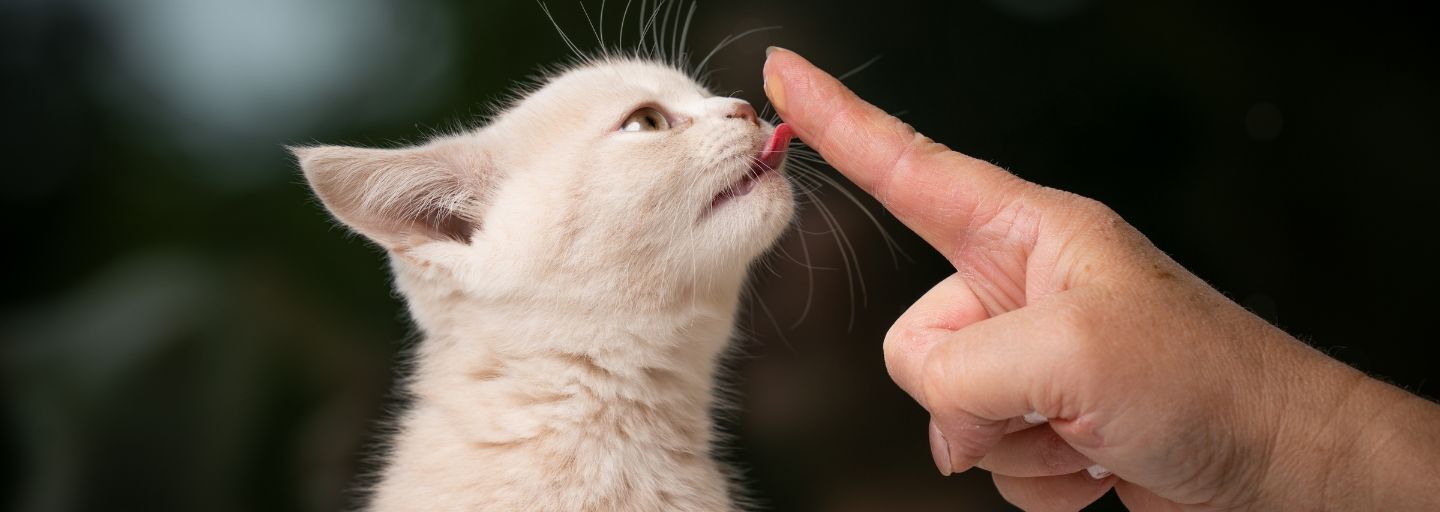Grooming your cat not only helps them look good but also provides several health benefits. Additionally, it can strengthen the bond between you and your feline companion. Here are some tips to enhance your cat's grooming routine:
Grooming Feels and Looks Good
Cats are known for their meticulous grooming habits, but your involvement can further enhance their well-being. Regular grooming stimulates circulation, improves muscle tone, and reduces the formation of hairballs by removing loose hairs. It also helps smooth down the fur, providing better insulation for their body, and stimulates the glands at the base of the hairs, which act as a natural waterproofing mechanism for their coat.
Cooling Effect in Hot Weather
During hot weather, cats use grooming to spread saliva on their fur. As the saliva evaporates, it cools them down. Additionally, grooming helps distribute sebum, a natural oil that protects and waterproofs their hair and skin, across the coat. While cats are capable of grooming themselves, your involvement allows you to check for external parasites and skin wounds, ensuring their overall health. Moreover, grooming sessions provide an opportunity for quality bonding time with your pet.
Start Early and Establish a Routine
It is recommended to start grooming your cat as early as possible, ideally when they are still a kitten. This helps them become accustomed to the grooming process and makes it a regular part of their routine. By starting early, you can create a positive association with grooming, making it easier as they grow older. Gradually introduce grooming activities and reward your cat with treats or praise to make the experience enjoyable for them.
How to Groom
The grooming techniques may vary depending on your cat's hair length. Here are some guidelines:
Shorthaired Cats
For shorthaired cats, use a fine-toothed metal comb on a weekly basis to remove any dead hairs. Additionally, a natural-bristle or rubber brush can be used to gently brush their hair in the direction it grows. This helps remove loose hairs and keeps their coat smooth and shiny. Use a bristle brush to sweep the coat up and then smooth it down again, ensuring a neat appearance.
Longhaired Cats
Longhaired cats require more frequent grooming. Daily grooming with a steel comb is recommended to prevent matting and tangles. Start by combing their fur in sections, working from the roots to the tips. This helps remove any knots or tangles. If you come across any knots, you can tease them out gently with your fingers or carefully cut them with blunt-ended scissors. If you are unsure about cutting knots, it is advisable to seek assistance from your veterinarian to avoid accidentally cutting the skin.
Making Grooming Easier
If your cat finds grooming challenging, you can try offering food treats, stroking them gently, and talking reassuringly during the grooming session. Start grooming as your cat's attention turns to the treat, making the experience more positive and enjoyable for them. Gradually increase the duration of the grooming sessions as your cat becomes more comfortable.
Note: Grooming requirements may vary depending on your cat's breed and individual needs. Some cats may require professional grooming services for specific grooming tasks such as nail trimming or anal gland expression. Your veterinarian can provide guidance on the specific grooming needs of your cat.



